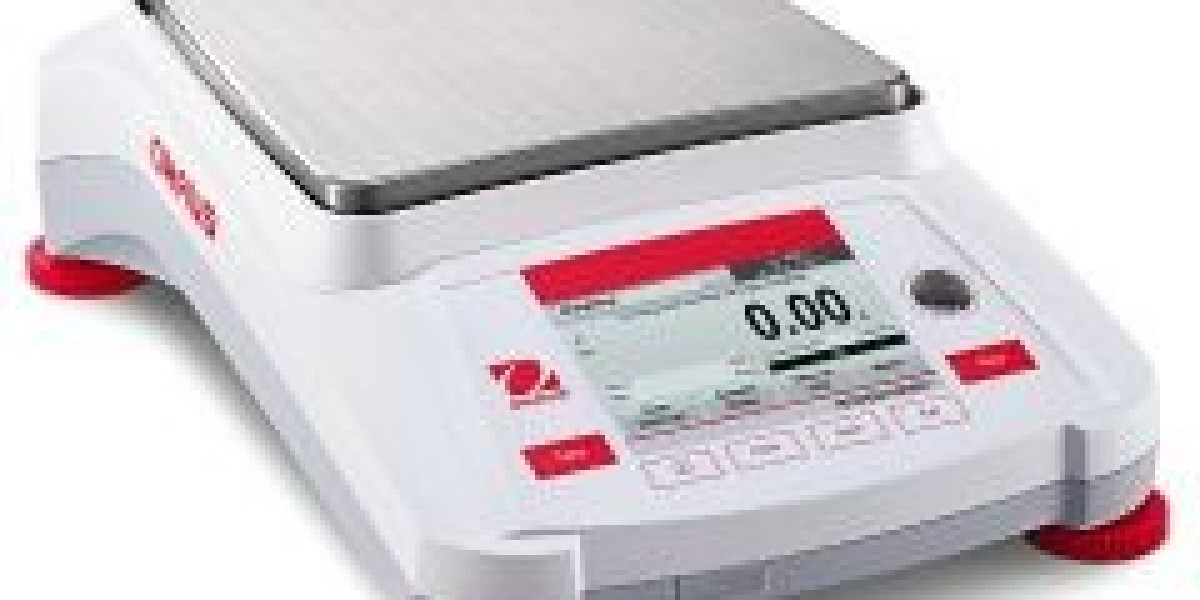Analytical balances have long been an essential tool in laboratories, playing a pivotal role in accurate measurements of mass. While the primary function of these instruments remains weighing, modern analytical balances come equipped with advanced features that extend their utility far beyond simple mass determination.
Here are some innovative capabilities of contemporary analytical balances, highlighting their enhanced precision, user-friendly interfaces, and integration with cutting-edge technologies.
Enhanced Precision and Sensitivity
Traditional analytical balances were known for their high precision, but advancements in technology have taken precision to new heights. Modern analytical balances boast improved sensitivity, allowing researchers to measure even the slightest changes in mass with unparalleled accuracy. This enhanced precision is crucial in fields such as pharmaceuticals, chemistry, and materials science, where minute quantities can have a significant impact on outcomes.
Microbalances, a specialized type of analytical balance, take precision to the next level. With the ability to measure sub-milligram quantities, microbalances are indispensable in research requiring ultra-precise measurements, such as in the pharmaceutical industry for drug formulation studies.
User-Friendly Interfaces
Gone are the days of complex calibration procedures and intricate manual adjustments. Modern analytical balances feature user-friendly interfaces that simplify operation, making them accessible to both seasoned researchers and newcomers in the laboratory. Touchscreen displays, intuitive menus, and step-by-step guides streamline the weighing process, reducing the likelihood of errors and improving overall efficiency.
Calibration and self-check functionalities are embedded within the software of these balances, ensuring ongoing accuracy without the need for constant external intervention. This not only saves time but also enhances the reliability of the results obtained.
Automated Data Handling
Analytical balances are no longer just standalone instruments; they are now integral components of connected laboratory balances. Automation features, such as data logging and transfer capabilities, allow seamless integration with laboratory information management systems (LIMS) or other data storage solutions. This automation not only reduces the risk of transcription errors but also facilitates real-time data analysis and collaboration among researchers.
Additionally, some modern balances are equipped with built-in printers or USB ports, enabling the direct output of results in a convenient format. This feature is particularly beneficial for maintaining a comprehensive record of experiments and ensuring traceability in regulated industries.
Advanced Weighing Modes
Beyond standard weighing, modern analytical balances offer a variety of advanced weighing modes to cater to diverse laboratory requirements. These may include dynamic weighing, differential weighing, density determination, and more. Each mode is designed to address specific challenges in measurement, expanding the capabilities of the instrument beyond traditional weighing applications.
For example, dynamic weighing allows researchers to measure the mass of an object in motion, providing valuable insights into the dynamic behavior of materials. Differential weighing is useful for comparing the masses of two samples, aiding in quality control and experimental validation.
Integration with Cutting-Edge Technologies
To stay at the forefront of scientific advancements, modern analytical balances seamlessly integrate with cutting-edge technologies. Some balances are equipped with built-in sensors for environmental factors such as temperature and humidity, ensuring that measurements are not influenced by external conditions. This is particularly important in precision-critical applications where slight variations in environmental conditions can impact results.
Furthermore, the integration of RFID (Radio-Frequency Identification) technology allows for quick and accurate sample identification, reducing the risk of mix-ups in busy laboratory settings. Connectivity options, including Wi-Fi and Bluetooth, enable remote monitoring and control, providing flexibility in laboratory workflows.
Conclusion
The evolution of analytical balances from simple weighing devices to sophisticated instruments with advanced features has transformed the landscape of laboratory measurements. Researchers across various disciplines now benefit from enhanced precision, user-friendly interfaces, automated data handling, advanced weighing modes, and integration with cutting-edge technologies. As analytical balances continue to evolve, they are sure to play an increasingly pivotal role in scientific research and experimentation, driving progress and innovation in diverse fields.







